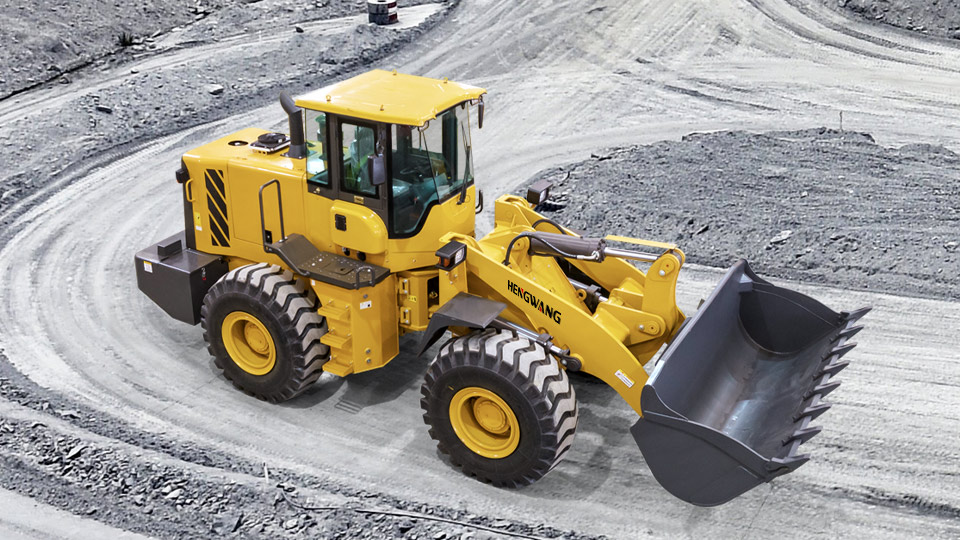A "boom" in Munich: A €5,000 lesson from a German construction site
At a commercial complex construction site in Munich, senior operator Hans, eager to finish work, stuffed the bucket of a Construction Loader with 3 tons of concrete (despite a rated load capacity of only 2 tons). Amid the sound of twisting metal, the bucket was deformed and scrapped, resulting in direct losses exceeding €5,000; coupled with 3 days of downtime penalties, the total loss neared €30,000. "Overloading by 20% seems time-saving, but it actually costs more in the end," Hans regretted afterward.
Another accident occurred in Valencia, Spain: Operator Maria blindly lifted the Construction Loader’s forks to 3.5 meters to reach 4th-floor scaffolding, causing the machine to tip over due to imbalance, with hydraulic hoses bursting and repair bills totaling €30,000. The project manager scolded, "This tragedy could have been avoided if we’d followed the rule of ‘forks not lifting over 2 meters’."
3 "fatal habits" of Construction Loaders—the culprits behind 90% of accidents!
In European and American construction sites, Construction Loaders are core to efficiency, but operational errors can be fatal. Senior engineer John summarized three high-risk operations:
1.Overloading: A 20% overload on a 1-ton rated load guarantees tipping
Despite strict OSHA/EU safety standards, some drivers still take risks. John noted, "The hydraulic system and tires of a Construction Loader have load limits. A 20% overload causes steering failure, increasing the risk of downhill tipping by 80%." A U.S. construction site once had a loader lose control on a slope due to a 3-ton overload, crashing into precast wall panels worth $200,000.
2.Lifting forks too high: Lost center of gravity = a disaster trigger
A prefabricated construction site in Leipzig, Germany, strictly prohibits lifting forks over 2 meters. John explained, "When forks are over 1.5 meters off the ground, the Construction Loader’s center of gravity rises by 40%, making it like ‘walking a tightrope at height’ in strong winds or uneven ground." A UK construction site, unloading with forks lifted 3 meters, saw the machine shake and crash through steel structures, seriously injuring two workers.
3.Operating controls with wet hands: A "human error" causing fatal short circuits
European and American construction sites have high electrical safety requirements, but wet-hand operation remains common. John warned, "Water entering the Construction Loader’s controls can cause short circuits and fires. Last year, a French construction site suffered a 4-hour production line shutdown due to wet hands accidentally triggering an emergency stop, losing over €10,000."
Safety operation SOP: 3 steps to avoid risks, a universal rule in European and American construction sites
Combining EN ISO 3691-7 standards, John outlined the "golden three rules" for Construction Loaders:
lhree checks before startup: Check brakes (no delay when fully pressed), check lights (turn signals/warning lights functional), check fluids (hydraulic oil level not below the red line);
lOne speed limit during driving: Speed ≤5km/h, must sound the horn when reversing; Construction Loaders in narrow areas require dedicated personnel for guidance;
lTwo actions after operation: Power off (turn off the engine), lock the vehicle (apply handbrake + shift to P gear); keys are kept centrally to prevent misoperation.
Can your construction site avoid Construction Loader accidents?
John emphasized, "A Construction Loader is the ‘muscleman’ of the construction site, but wrong operations can turn it into a ‘time bomb’."
Click Hengwang to learn more maintenance knowledge, and we will also recommend a suitable loader model for your needs

